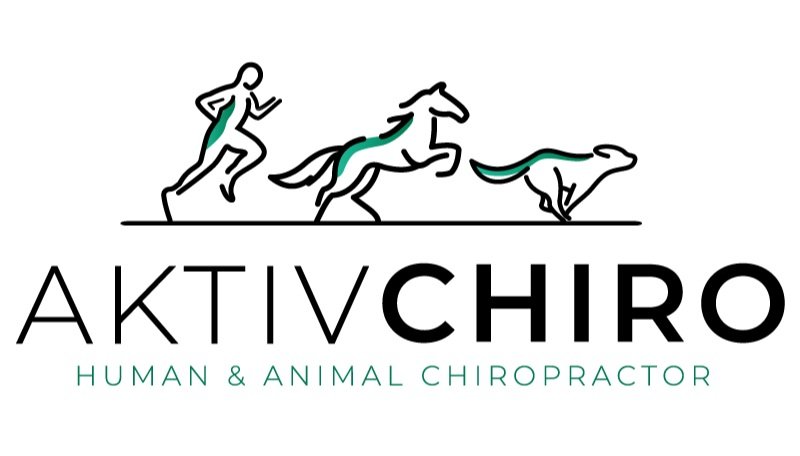Movement is Medicine
What is Chiropractic?
The term chiropractic comes from the Greek word Chiropraktikos, meaning “done by hand”.
Chiropractic can be considered a form of complementary, manual medicine. The main goals of manual medicine are to restore maximal, pain-free movement of the musculoskeletal system, enhance neuromuscular function, and improve biomechanical balance (Brolinson, Smolka, Rogers, Sukpraprut, Goforth, Tilley and Doolan, 2012).
The chiropractic doctor will diagnose various conditions of the musculoskeletal system and aim to provide treatment by means of non-invasive treatment methods, which includes the use of many diverse manipulative techniques. These techniques (also commonly referred to as "adjustments") can be described as specific, short lever, high velocity, low amplitude thrusts, with the intention of influencing the joint mechanics and neurophysiological function (Gatterman, 2004).
“To succeed in life, you need three things;
A wishbone,
A backbone
and
A funnybone”
What to expect during a CONSULTATION:
first visit
- A medical and family history will be taken, as well as a detailed reasoning into why you have come to seek treatment. General information about your lifestyle will also be gathered to gain a complete picture of your current state.
- Next, a series of routine screening tests will be performed (muscle strength, reflexes, skin sensitivity to name a few), followed by a few special tests that are necessary to gain a greater understanding into your specific reason for visit (manual tests on specific components of a painful joint and/or very specific muscle and nerve tests.) The use of diagnostic imaging (ultrasound/x-rays/CT scan) may be warranted for certain conditions. Ergonomics and biomechanics will be assessed and discussed during this time.
- After the above is complete, treatment will be specific to your needs and may consist of, but not limited to:
- spinal manipulative therapy
- manipulative therapy of joints of your extremities (arms and legs)
- dry needling
- massage
- pressure (trigger) point release
- controlled stretches
- lumbar/cervical distraction
- functional taping (eg. kinesiotape)
- Post treatment care will comprise of possible lifestyle modifications based on information gathered during your consultation and assessments. Home exercises/stretches will be explained and advice regarding ergonomics and correct posture/biomechanics will be given.
follow up visits
- Your initial reason for visiting the practice will be re-assessed to gauge any change or improvement in symptoms and function.
- Any new or additional complaints will be examined in a similar manner to that of your first visit, with a full history and examination being completed for that specific area.
- Chiropractic treatment will be performed.
- Revised lifestyle modifications, exercise and stretching routines will be explained based on progress seen from previous sessions.

